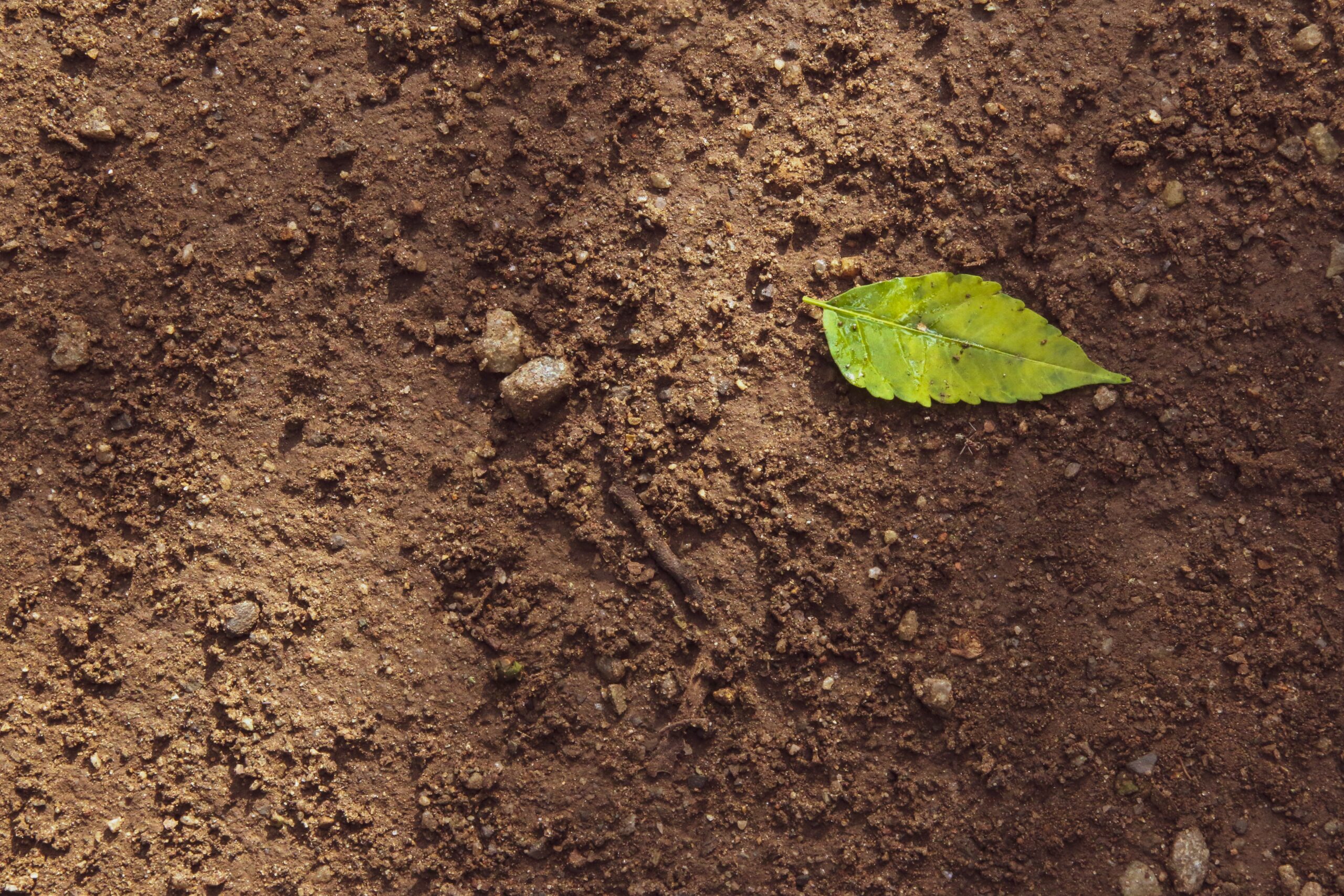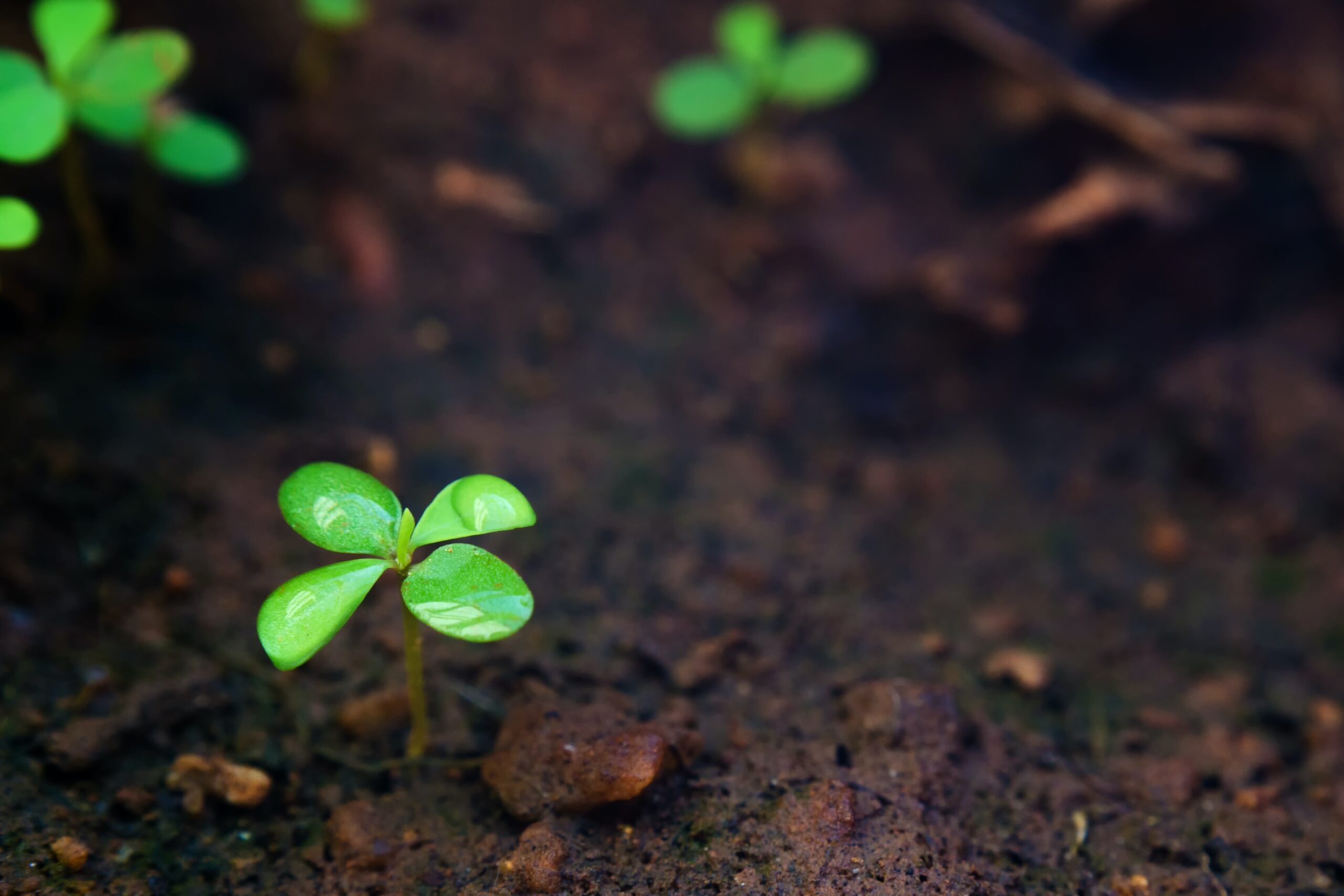Main Highlights:
- How does the quality of the soil affect your garden?
- How to improve soil quality?
Proper soil conditions are essential for all stages of crop and plant development. Thus, an understanding of soil and how to manage it is the key to a productive garden and landscape. Although it is possible to grow most plants in most soils, a grower benefits from learning about the interrelationship of a plant and the soil in which it is rooted.
The plants you choose to grow will have varying needs and will respond differently to particular types of soil. In addition, the soil may vary in depth, texture, and quality, even from one location to another on the same property. Soil is composed of three basic mineral particles, of three different sizes. Sand is the largest particle, silt is intermediate, and clay is the smallest.


Simple tests can provide an approximate evaluation of the soil type existing on your
property. Clay soils dry slowly and are difficult to cultivate and work properly. Extremely
sandy soils may lack organic matter and may dry out rapidly. The best soil is a happy
medium between these two.
To check the texture of your soil, take a moist sample between your fingers and rub them together. Sandy soils tend to be harsh and gritty; clay and silt soils are smooth and somewhat slippery. Another test is to form a ball of moist soil with your hand. If the ball breaks apart when tapped, the soil is said to be on the sandy side. If the ball remains intact when tapped, the soil probably contains more clay and silt than sand. If the soil is either sticky or plastic and works through your fingers as you form the ball,
considerable clay is present.
The more intensive the gardening, especially in vegetable plots or flower beds, the more
important it is to take a soil test. Soil test information is particularly valuable if the ground is
being planted for the first time and no knowledge of past soil treatment is available. A soil
test is also beneficial if you’re developing a permanent landscape. The information it
provides allows you to incorporate needed materials before planting. Once a landscape is
planted, it is difficult to make significant changes in soil quality.
Improving soil quality
Compost is decomposed organic matter, and it is the best thing you use to improve the
the health of garden soil. Working compost into soil will feed the soil, improve soil structure,
enable the soil to retain nutrients, and promote good drainage while also absorbing water deep in
the soil keeps soil loose so air can reach plant roots, helps maintain a neutral pH, and
protects plants from many common garden diseases.
Compost also feeds earthworms and other microbial life in the soil. The worms will tunnel through the soil to improve aeration and drainage while leaving behind their castings to increase soil fertility Organic matter, or humus is a valuable part of the soil. It is the end product of decaying
organic matter and the most effective material for improving tillage.
When incorporated into the soil, humus produces a spongy texture that acts to increase soil water-holding capacity and provide needed pore space, which lets in the air essential to good plant growth
and promotes the growth of microorganisms, which helps to condition the soil. Organic matter
may be added to soils in the form of manure, compost, peat moss, peat humus, spent mushroom compost and composted sawdust. Very coarse forms of organic matter, such as chopped brush or shredded tree bark, should be composted one or two years before incorporation.
Growing cover crops is perhaps the most valuable strategy we can adopt to feed our soil,
build up its fertility and improve its structure with each passing season. Freshly killed cover
crops provide readily available nutrients for our soil microbe friends and hence for food
crop plants. Plus, the channels opened up by the decaying roots of cover crops permit
oxygen and water to penetrate the soil.


Cover the soil with mulch. An obvious way to keep the soil covered is to use organic
mulches. Some people advise against using high-carbon materials such as straw or leaves
since soil microbes “rob” available nitrogen from the soil in order to break down the excess
amounts of carbon. This is only true, however, if we incorporate these high-carbon sources
into the soil. I once tilled in some coarse compost containing large amounts of oak leaves
not yet fully decomposed, and found that crops grew quite poorly there the entire season.










Leave feedback about this